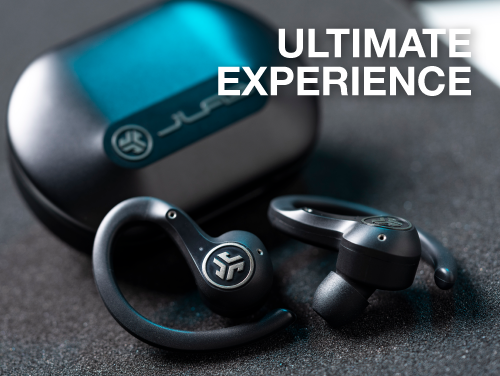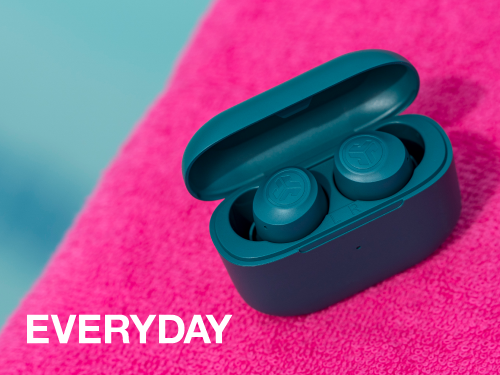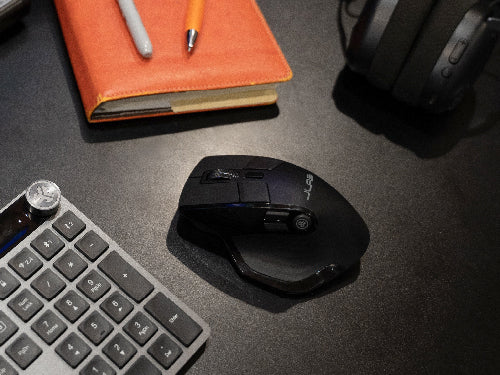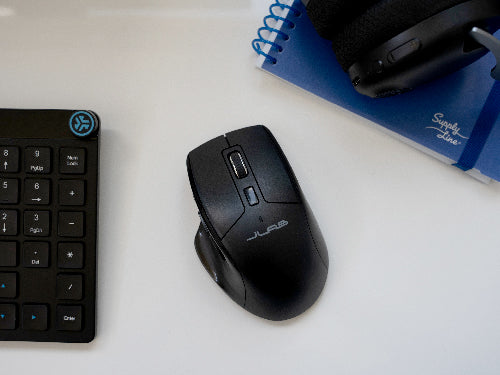IP or "Ingress Protection" ratings often accompany product specifications alongside terms like "waterproof", "Weatherproof", or "Water Resistance". While the latter terms often only serve for quick marketing snippets, IP ratings do have defined meanings. These ratings are created and maintained by the International Electrotechnical Commission (IEC).
An IP rating comes in the form of IPXX, where the X's are often numbers 1-9, such as IP67 or IPX4.
Dust/Particle Protection
The first X in the IPXX rating "refers to the protection against solid objects and is rated on a scale from 0 (no protection) to 6 (no ingress of dust)".
- IPXX: An 'X' means this criterion was not tested or there is no data available. Check with your manufacturer to confirm solid particle protection.
- IP0X: No protection from solid particles
- IP1X: Protected from objects 50mm or larger
- IP2X: Protected from objects 12.5mm or larger
- IP3X: Protected from objects 2.5mm or larger
- IP4X: Protected from objects 1mm or larger
- IP5X: "Dust Resistant", small particles may get through but will not impact the function of the product
- IP6X: "Dustproof", this product is fully "dust tight".
Here the best rating you can achieve would be the Dustproof or IP6X rating (such as IP67). IP5X and above should be suitable for dusty conditions like running.
Water/Drip Protection
The second digit of the IP rating denotes "rates the enclosure’s protection against liquids and uses a scale from 0 (no protection) to 9 (high-pressure hot water from different angles".
- IPXX: An 'X' means this criterion was not tested or there is no data available. Check with your manufacturer to confirm solid particle protection.
- IPX0: No protection from water
- IPX1: Protected from vertically falling drops (think light rain)
- IPX2: Protected from drops falling vertically or from up to 15 degrees on either side
- IPX3: Protected from spraying water (up to 60 degrees on either side of the vertical)
- IPX4: Protected against splashes of water from any direction
- IPX5: Protected from spraying/jets of water from any direction
- IPX6: Protected from powerful jets/sprays of water from any direction
- IPX7: Protected from the temporary immersion of water (suitable for use in a shower or bath) up to 1 meter/3 feet for 30 minutes. This level and above is often deemed "waterproof" with disclaimers as to the conditions
- IPX8: Protected from extreme immersion events of depths deeper than 1 meter/3 feet with a depth and time specified by the manufacturer
- IPX9: Protected from high pressure and temperature situations (such as accidentally passing them through
Conclusions
With these numbers defined, we can now decode ratings such as IPX4 on the JLab Go Air Pop to mean that the product is protected from splashes of water from any direction.
With IP66, the Epic Air Sport ANC is fully dustproof and protected from powerful jets of water from any direction.
The best rating a product can achieve would be IP68/IP69. These ratings are suitable for swimming and showering and can survive rain easily.
IPX7, IPX8, and IPX9 are often denoted as "waterproof" for these reasons.
IPX4 and IPX5 are often billed as "water resistant" as they often can survive splashed water such as in a shower, so long as the product does not become immersed.
Having a high IP rating can greatly benefit electronic devices used in outdoor environments, ensuring they can withstand extreme temperatures, rain, dust storms, and other harsh conditions. Choosing a device with a high IP rating can provide the durability and protection necessary to ensure the longevity of the device, making it an essential consideration for those who use electronic devices in rugged environments.












